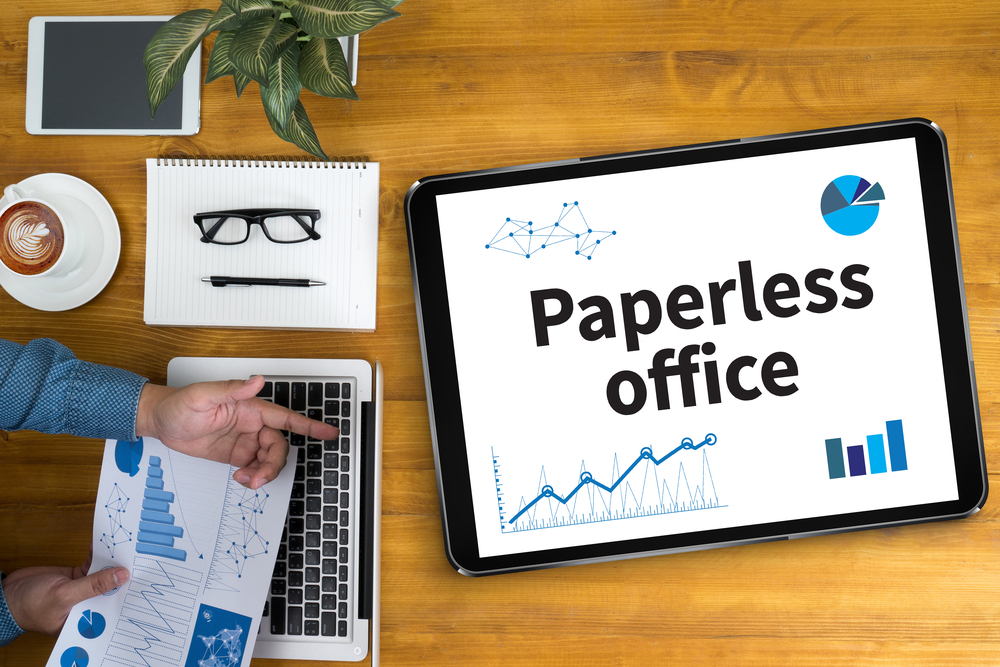

It helps you stay organized, increases data security, lowers overhead expenses, and makes it easier to find the information you need in a timely manner.īut if you want to enjoy these benefits, you need to ensure the transition to paperless goes smoothly, otherwise it’ll be more of a burden than anything else. The benefits of going paperless are many. When you let partners and stakeholders know you’re ditching paper, they can start sending paperless invoices, cutting down on mail, and emailing documents rather than faxing. You need to communicate the fact that you’re moving in this direction, so others can work with you, not against you. You can’t go paperless without involving other firms outside your organization. Recycle the scraps, rinse, and repeat! Communicate Your Transition Once you’ve digitally recorded everything you want, invest in a good shredder and get rid of the paper evidence. You can do this by scanning documents straight to the cloud. Start by digitizing anything you want to keep. What you need is a plan for disposing of this paper in an efficient manner. What about all the paper you already have? You can’t be a paperless office and continue to keep your filing cabinets, closets, and drawers stocked with physical documents. The more ambitious you are, the faster things will change.

Sell all the unused printer paper in your supply closets. Limit the number of prints and copies an employee can use per week and slowly taper the figure down to nothing. Admittedly, there are some complexities here, but one of the simplest steps is to make it hard for employees to create more paper documents. The most important step in going paperless is to stop the bleeding i.e., the flow of paper into your office. Show them the tangible benefits and enable them to enjoy the rewards. It’s far better to take the process slowly and train workers every step of the way. If you only implement a bunch of new rules, you’ll mostly just frustrate your team and give them cause to complain. You’ll need to explain why, and train them to become active participants in the shift.

It’s not enough to tell your employees you’re making the transition to a paperless office. Insist that your staff work solely off their devices and you can cut back significantly on the wasteful use of paper.” Train Employees “For non-Google Docs files, share them through Google Drive.

Collaborate electronically on projects via Google Docs - its word processing and spreadsheet functions can be contributed to and saved by multiple members of a group,” DocuSign’s Mat Rider suggests. “Use Google Mail and Chat to communicate online with your staff and clients. Thanks to Google’s suite of business tools, this is not a major challenge. If you’re going paperless, you have to give your employees the right digital tools to do their job without a significant drop in productivity. The following five tips are not comprehensive, but they’ll definitely get you moving in a positive direction. There’s nothing easy about going paperless you’ll need to follow some specific steps and protocols. It’s been discussed for a quarter century but we’re only slowly reaching a point where it’s truly practical.ĭon’t confuse practical with easy, however. The paperless office is all but a mythical beast. Five Tips for Transitioning to a Paperless Office If you’re going to go paperless, you need a solid plan. Aside from being messy, maintaining all these documents is highly inefficient.īut transitioning to a paperless office entails cost and effort. The average office tucks hundreds of thousands of sheets of paper into filing cabinets, drawers, closets, and mail-rooms.


 0 kommentar(er)
0 kommentar(er)
